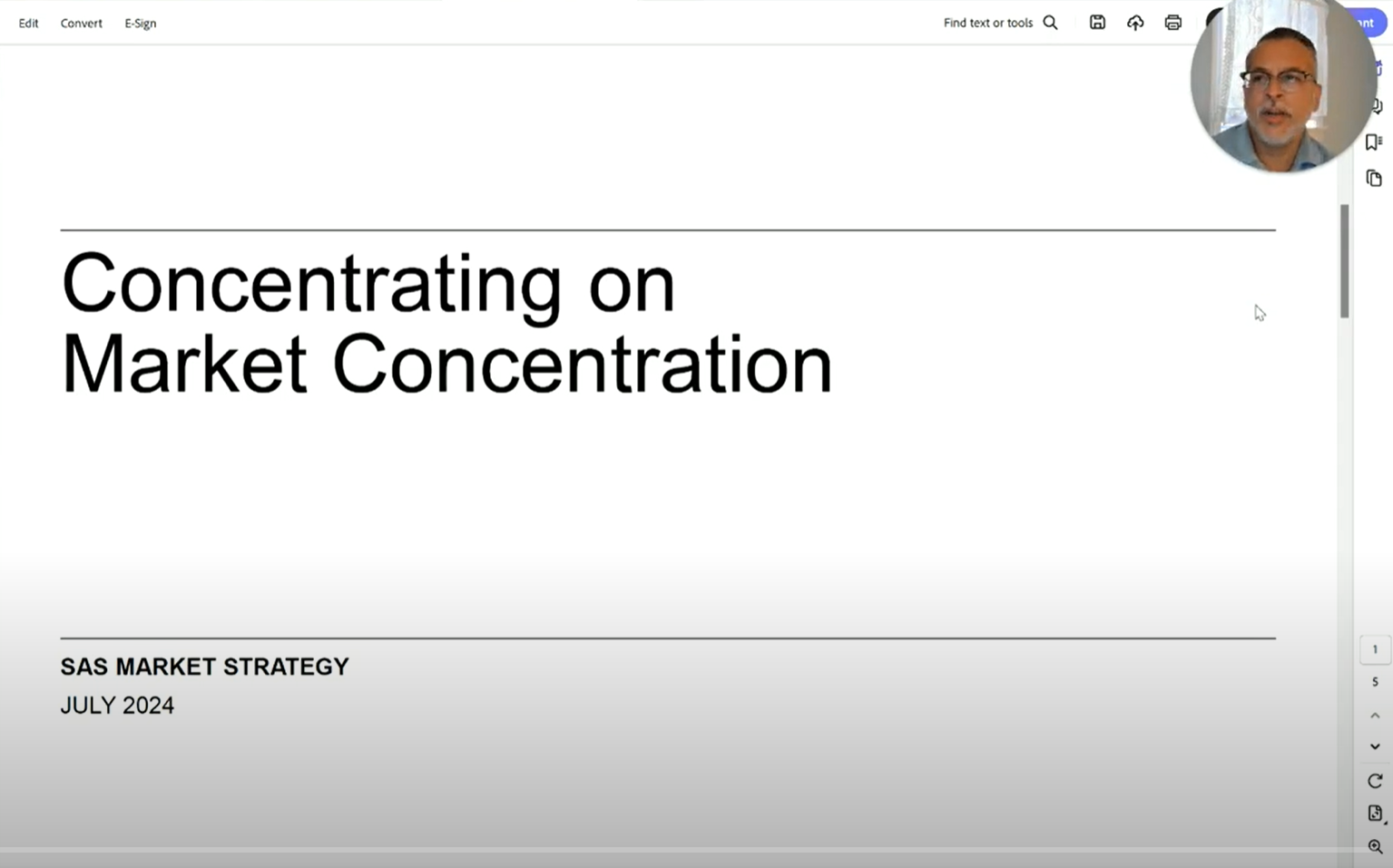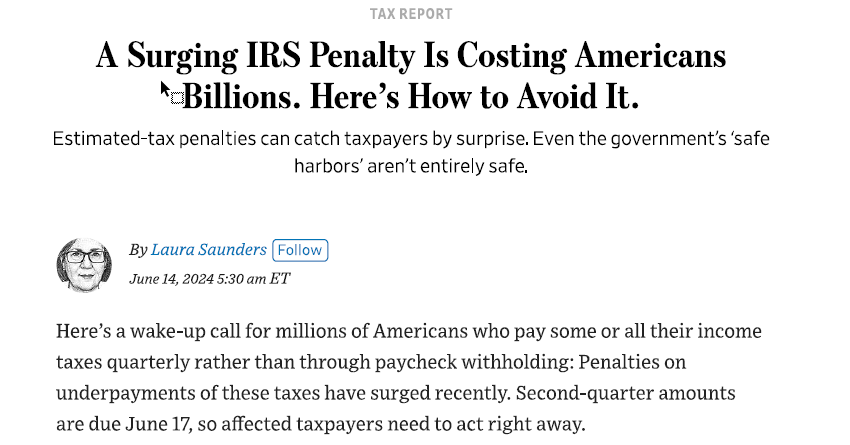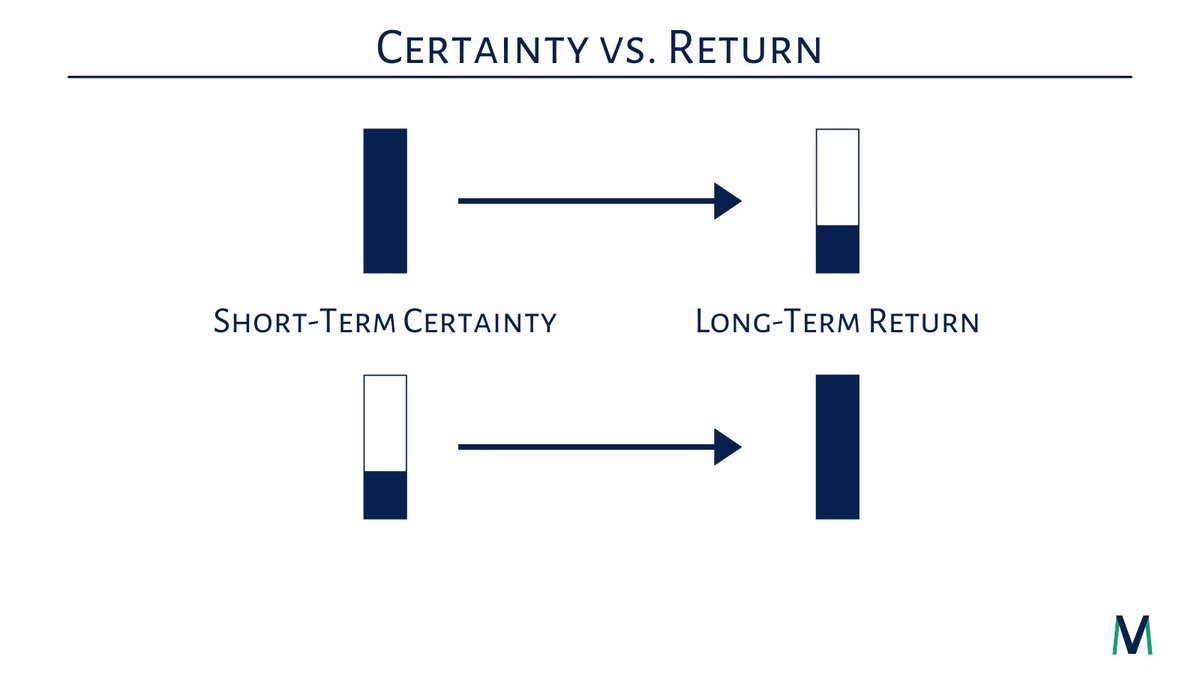For most people, tax season begins in February or March and entails the following:
- Send a completed tax organizer and your documents to your accountant in early March
- In 3-4 weeks, you hear back from your accountant and they tell you what you owe/are getting back
- In some cases, the accountant will say “you should have done x, y, and z last year to save on taxes”
Well… where were you last year?!?
This all-too-common experience highlights the distinction between tax preparation and tax planning. Tax preparation is a transactional service that happens in March/April – this is what the majority of people engage their accountants for. However, tax planning is a dynamic process that should be happening throughout the year. Every accountant works differently so it’s incredibly important to understand whether you are paying for tax prep, or planning as well.
Contrary to popular belief, tax season should start long before March for those who are interested in unlocking the value of tax planning. It’s crucial to spend the time to understand your tax picture prior to year-end so you have time to execute any actions that can potentially save you money come April.
Every person’s financial and tax situation is unique, but some common strategies to revisit around year-end include:
- Roth Conversions
- Facilitating required minimum distributions and qualified charitable distributions
- Evaluating mutual fund capital gain distributions
- Tax-loss harvesting
- Charitable giving
- Max-out on retirement contributions
- Utilize your FSA balance (it’s use it or lose it)
- Annual exclusion gifting
- Quarterly estimated tax payment levels
- Filling-up rate brackets in a lower income year
- Divest from low-basis stock positions
- Exercising options (especially ISOs if you’re well below the AMT!
Now’s the time to poke your financial adviser and accountant to make sure you aren’t missing out on valuable planning opportunities. A few thousand dollars here and there every year adds up over time to make a very big difference!













